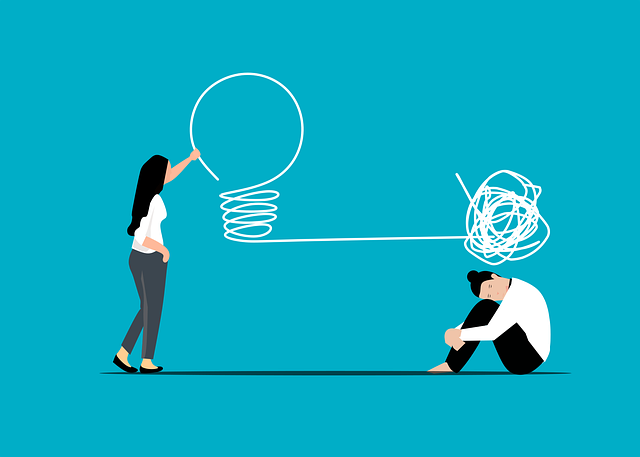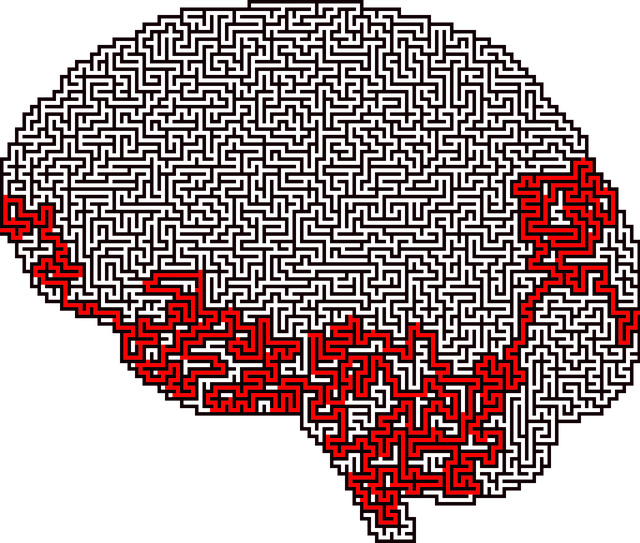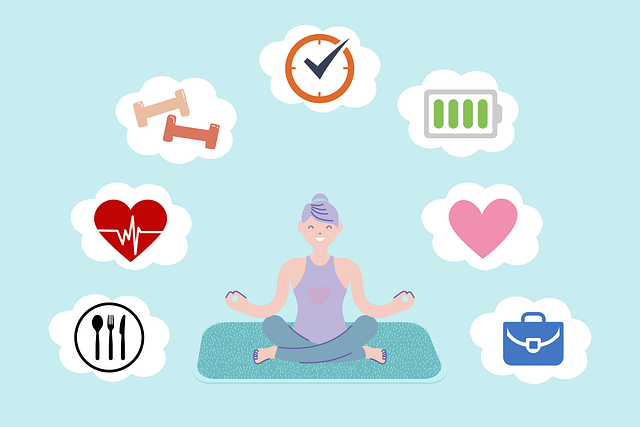Resilience, through the RFM (Resources, Strengths, Meanings) framework, is a powerful tool in trauma therapy. This approach encourages self-discovery by identifying personal resources and strengths, fostering community support with awareness campaigns and workshops. Using neuroscientific techniques like CBT and EMDR, along with mindfulness practices, individuals recover from trauma and develop healthier coping mechanisms. By integrating RFM into daily routines, people can build mental fortitude, navigate challenges more effectively, and transform them into opportunities for growth, ultimately improving overall well-being and managing stress.
“Unleash your inner resilience with an innovative approach, RFM (Recovery-Focused Management), designed to enhance mental health and navigate trauma. This article delves into the transformative power of RFM and its role in therapy for trauma. We explore the science behind resilience building exercises and provide practical strategies for integrating them into daily life. Learn how to overcome challenges and unlock the maximum benefits of RFM, offering a path to improved well-being and resilience.”
- Understanding RFM and Its Role in Trauma Therapy
- The Science Behind Resilience Building Exercises
- Implementing RFM in Everyday Life for Better Mental Health
- Overcoming Challenges and Maximizing the Benefits of RFM
Understanding RFM and Its Role in Trauma Therapy

Resilience is a powerful tool in trauma therapy, and RFM (Resource, Strengths, and Meanings) is a framework that helps individuals navigate their journey towards recovery. Understanding one’s resources, strengths, and personal meanings can be transformative in the context of trauma healing. This approach recognizes that everyone possesses unique coping mechanisms and sources of strength, which are crucial for building resilience. By identifying these internal assets, therapy for trauma becomes more tailored and effective.
In the realm of trauma therapy, RFM exercises facilitate a process of self-discovery, allowing individuals to connect with their inner resources during challenging times. This strategy promotes empathy building strategies within the therapeutic setting, as it encourages clients to recognize their adaptability and strengths. Moreover, public awareness campaigns development around these topics can foster community support and open up opportunities for organizations specializing in stress management workshops.
The Science Behind Resilience Building Exercises

Resilience building exercises are rooted in neuroscientific principles that highlight the brain’s remarkable ability to adapt and rewire itself following traumatic experiences. Therapy for trauma, including techniques like cognitive behavioral therapy (CBT) and eye movement desensitization and reprocessing (EMDR), has shown significant success in strengthening an individual’s mental wellness by helping them reframe negative thought patterns and process past traumas safely.
These exercises often incorporate practices such as mindfulness meditation, positive thinking strategies, and communication techniques to foster healthier coping mechanisms. A mental wellness journal exercise, for instance, can provide a safe space for individuals to reflect on their emotions, identify triggers, and track progress over time. By consistently practicing these guidance tools, people can build neural pathways that promote resilience, enabling them to navigate challenging situations with greater ease and bounce back from adversity more effectively.
Implementing RFM in Everyday Life for Better Mental Health

Incorporating RFM (Resilience, Flexibility, and Mastery) principles into daily routines can significantly enhance mental health and well-being, serving as an effective therapy for trauma. This approach encourages individuals to develop a stronger sense of resilience by fostering adaptability in the face of challenges. By practicing flexibility, one learns to navigate through life’s ups and downs with grace, allowing for better stress management. Additionally, mastering personal reactions and responses enables individuals to take control of their mental health.
Beyond therapy for trauma, RFM can be integrated into various aspects of life. Public awareness campaigns that promote these practices can contribute to the development of a more resilient community. Mental wellness journaling exercises guided by RFM concepts provide an outlet for reflection and personal growth. For mental health professionals, risk management planning incorporating RFM strategies ensures better coping mechanisms for themselves, thereby enhancing their ability to support clients effectively.
Overcoming Challenges and Maximizing the Benefits of RFM

Overcoming Challenges is a pivotal aspect of RFM (Resilience, Flexibility, and Mastery) exercises. These techniques, designed to build mental fortitude, often face the challenge of integrating them into daily life. However, consistent practice, much like therapy for trauma, fosters adaptability and resilience. By embracing these challenges, individuals can unlock their potential to navigate life’s uncertainties with grace.
Maximizing the Benefits of RFM involves recognizing its role in stress management workshops and anxiety relief. This process encourages a proactive approach to healthcare provider cultural competency training, enabling better coping mechanisms. Through regular engagement, participants not only enhance their ability to handle stress but also learn to transform challenges into opportunities for growth, ultimately enriching their overall well-being.
Resilience-focused mental training (RFM) offers a powerful tool for enhancing trauma therapy and promoting better mental health. By understanding the science behind resilience building exercises, we can effectively implement RFM in our daily lives to navigate life’s challenges. Overcoming initial challenges and maximizing the benefits of this approach can lead to significant improvements in overall well-being. Remember that, in the realm of therapy for trauma, RFM can be a game-changer, fostering strength and adaptability in individuals seeking to build resilience against adversity.








